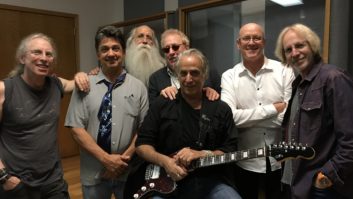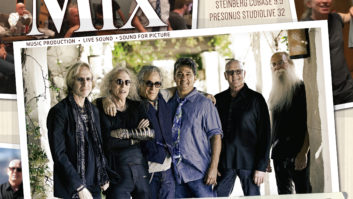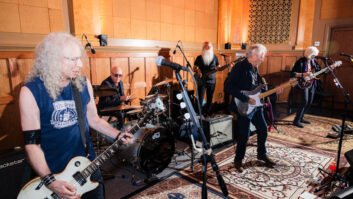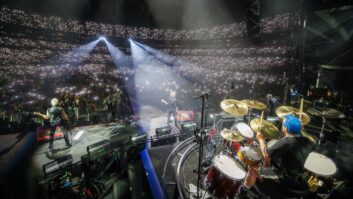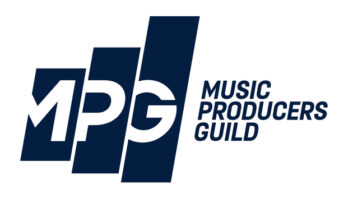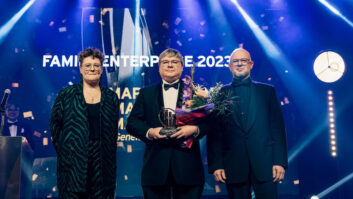When Niko Bolas walked into Jackson Browne’s Groove Masters Studio last October to begin engineering Danny Kortchmar’s upcoming album, Honey Don’t Leave L.A., he was convening with musicians he viewed as big brothers and heroes.
“I had to make them proud. I was very excited and nervous,” Bolas says. “They’re the cats.”
Of course, so is he. For the past 35 years Bolas has worked on sessions with those same cats: Kortchmar, who wrote songs for and/or played guitar with artists such as Jackson Browne, Don Henley, James Taylor, Linda Ronstadt and a long, long list; drummer Russ Kunkel, whose resume includes those artists and more; guitarist/writer Waddy Wachtel, who has worked for the same people, plus Warren Zevon and Iggy Pop; and session bassist Leland Sklar, who has played for a ridiculous list that includes Henley, Vince Gill, Crosby, Stills & Nash, and many others.
These are some of the finest session players ever, from anywhere. And the history they have amassed is immense.
Wachtel is the reason Bolas became an engineer. While in high school, he read Wachtel’s name as co-producer of Warren Zevon’s Excitable Boy, which convinced him to learn what a recording engineer was. Wachtel also played on that album, as did Sklar, Kunkel, Kortchmar and Browne.
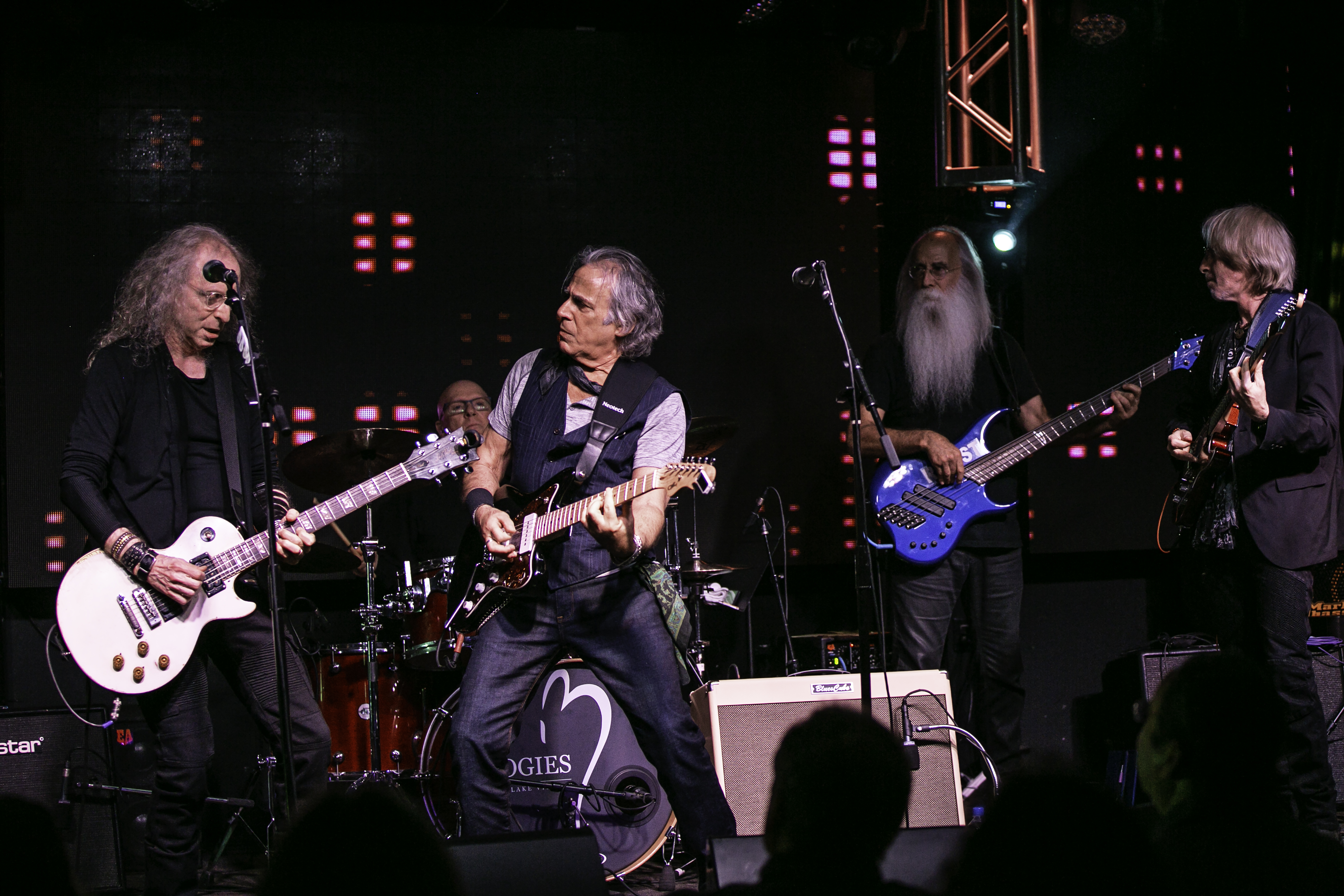
Then Kortchmar, Sklar and Kunkel were on Bolas’ first session as an assistant engineer for a Richie Furay record at the Sound Factory. “My first job in the studio, my first element of responsibility, was getting Danny’s Firebird out of impound in 1978,” Bolas recalls with a laugh.
As time went on, Bolas says, they were on every session he was, and then “I wound up passing out in Danny’s guest house, Waddy’s guest house, Russell’s house.”
This kind of kinship is exactly what Kortchmar wanted on his record when a Japanese label called to request an album. Kortchmar then turned to composer/guitarist Steve Postell, who helmed the project with Fred Mollin.
Kortchmar’s first thought was to work with his “old musical buddies,” dubbing the collective Immediate Family. He points out, however, that mostly he had worked with this group in more subdued musical situations, such as on a James Taylor or Carole King project. This time the plan was to let loose with some good ol’ rock and roll.
The label had requested his hits, so the record is mostly newly arranged versions of songs Kortchmar (or Kootch, as he is known to friends) penned either alone or in collaboration with artists, such as Don Henley’s “Dirty Laundry,” “All She Wants to Do Is Dance” and “New York Minute,” and Jackson Browne’s “Somebody’s Baby” and “Shaky Town,” with a few new compositions. Bolas and Postell engineered the three days of tracking at Groove Masters. Bolas, not surprisingly, had worked on at least half of the original hits.
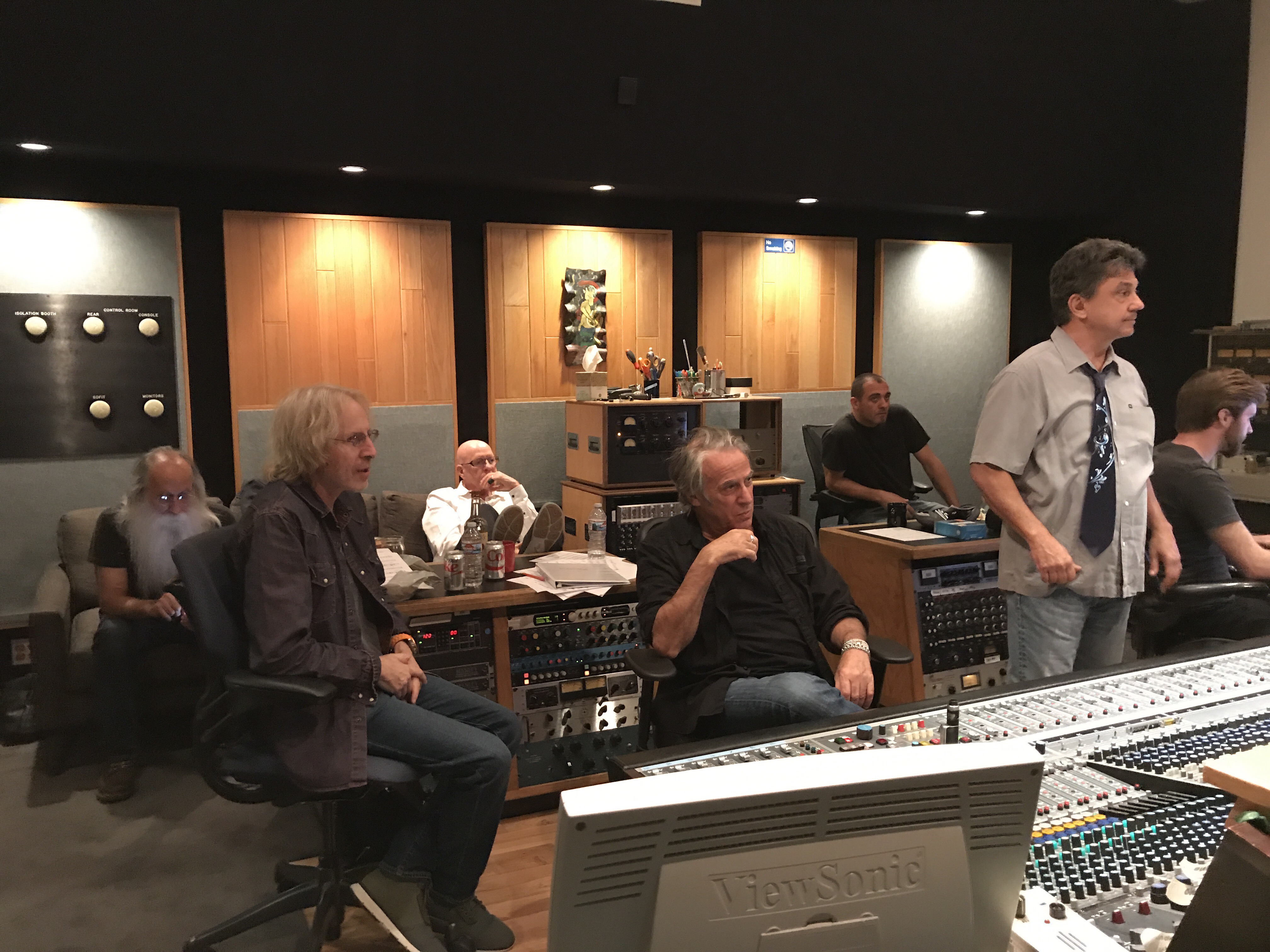
“Some of them are really old, and I didn’t know as much [then] as I know now in terms of arranging them,” Kortchmar explains. “So some of the really old ones, like [James Taylor’s] ‘Machine Gun Kelly’ and ‘Honey Don’t Leave L.A.,’ are rearranged like how I hear music now.” He cites as an example how he originally wrote “Dirty Laundry” on a Farfisa organ, but it has been rearranged as a guitar-centric, slower, bluesy tune.
When Sessions Reigned Supreme: The Players and Studios from L.A.’s Golden Age, by Robyn Flans, Oct. 1, 2014
Everybody in the Room
According to Bolas, when they got together at Groove Masters, the first order of business was trying to figure out which jokes the others hadn’t heard yet. Then they got down to work.
With its reconstructed Neve 8078 and the love and care that Browne has put into the studio and the crew he employs, Bolas says, Groove Masters is a dream facility, out of the way right there in Santa Monica.
“Here’s the thing about studios: All the energy comes from the top down, so if the guy who owns it owns it as a business, then you’re working in a business environment,” Bolas explains. “Jackson owns a studio because he loves music and record-making, and everything that’s there is to help that. There’s nothing there to make him money, much to his detriment, because he spends a fortune making sure we have a place to work.
“Gear-wise he has a Neve that’s very old, but secretly very new because he’s spent a fortune rebuilding it,” he adds. “His staff pays attention to detail. There’s a battery of instruments you can borrow. It’s the clubhouse we all wanted, but he was the one who could afford it. And to his credit, he was the one who did afford it.”
Tour Profile: One Man Band, A Singular Sound for James Taylor, by Nick Russell, March 1, 2008
The space and comfort of the studio fit perfectly with Kortchmar’s desire for a live sound, with a band feel—sparse and raw. They stayed away from technology.
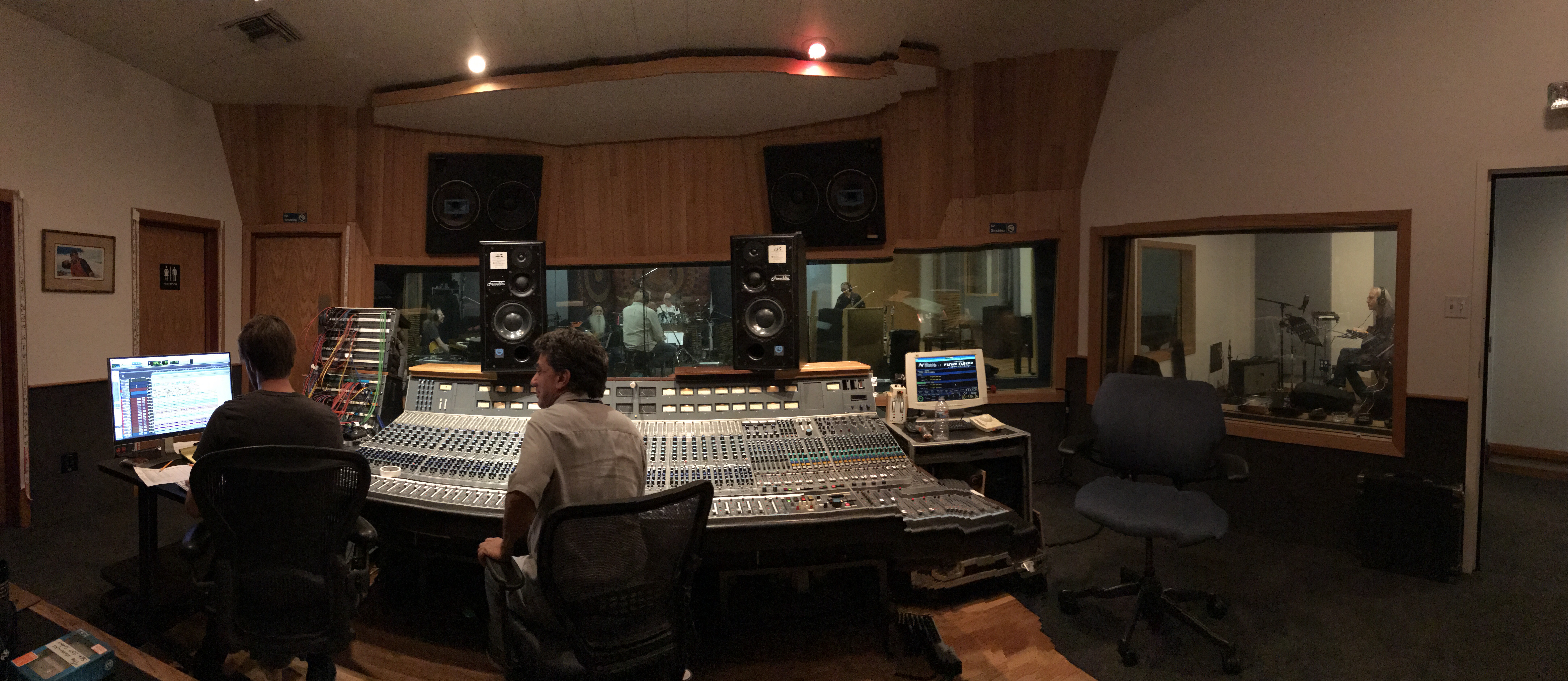
“It’s funny, because I would come up with ideas and Niko would say, ‘Oh, production, huh?’ In other words, I didn’t want any ‘production’ on it,” Kortchmar says. “I wanted it to be absolutely real and authentic, and that’s the way it came out.”
Bolas laughs as he recalls Kortchmar’s instruction to him going into the project. Kootch said “I don’t want it to sound good,” which Bolas says translated creatively to “controlled leakage and a more impactful, less hi-fi sound at every microphone.”
He used 57s on the drums and KM-54s on the guitars “because they’re a little bit bigger and the microphones themselves add just a touch of compression, so I don’t have to add any compression or EQ.
“Leland always sounds good,” Bolas continues. “I just put any large condenser on his amp and you have a great bass sound. His instruments are always so finely tuned and intonated that every note is as loud as it’s supposed to be and you don’t have to do a lot of work. The greatest difficulty recording Leland is making sure he has a constant supply of Oreo cookies.”
The Mavericks Brand New Day: Live Sessions Fueled by Vinyl, Coffee and the Specter of Spector, by Barbara Schultz, April 10, 2017
Bolas places a mono mic above the piano and lets it suck in leakage.
“A lot of the drum sound is a taste of room and leakage, which is the way records were made in the ’60s and ’70s and which I know Danny loves,” Bolas explains. “It’s all about exploiting the fact that the guys are so good, there won’t be any mistakes, so you’re never going to solo an instrument and you’re never going to punch in and fix a whole section where the leakage changes and messes your record up. You can count on them to play it great—I knew because when I first started engineering in the late ’70s, early ’80s, they were the band that did most of the records. The plan back then was that everybody played live amazing every take and you just picked takes based on the vocal.”

Bolas says the only other job was to make sure everyone could hear each other, so he set them all up close together on the floor: Kunkel in the middle of the room, Sklar to his right, Kortchmar to Kunkel’s left, Wachtel on the other side of Sklar, and Cox in the front-right of Kunkel. Postell was in an iso booth. “And then just go,” Bolas says.
But, he says, there were two precautions.
“Don’t let them all in the room at the same time until you’re in Record because they’ll start playing and it’s over,” Bolas warns. “The second thing is, put the machine in Record and then start plugging in the mics, in that order. Because with guys like that, when they see me, they know I will never say, ‘Okay, we’re rolling.’ They’ll just start playing. The whole thing is to get them when they’re screwing around. The run-throughs are where it’s at. When you have guys who are this connected, musicians who have looked at each other for 40 years, lived on the same bus, have played on countless of the same records, the telepathy that occurs is priceless. I don’t take that lightly. My whole job is to forget I’m there and have a good time. I have the easiest job in the room. If I do it correctly, my biggest responsibility is to make sure the food gets there on time.”
Classic Tracks: James Taylor, “How Sweet It Is (To Be Loved by You),” by Robyn Flans, Nov. 16, 2016
Keeping Them Close
Bolas’ modesty aside, there are still three guitars, and there was a sonic challenge.
“Two of them are almost as loud as Neil Young,” Bolas says with a laugh. “And he’s the loudest guitar player I ever worked with. He and Buddy Guy. So there was that.”
Putting everybody close together was the solution for that as well. “The mistake with leakage is everybody tries to get everyone far apart, and all you do is increase the amount of delay time,” Bolas says. “If you put everybody close together, it’s just ambient—it doesn’t sound like an open room mic. If Waddy is sitting next to his amp, once you get it loud enough for tone off the hand, it doesn’t have to be louder for him to hear it because he’s right there.
“That’s a very old-school way to set up,” he continues, “but I put each guitar player right in front of his own amp and then miked accordingly, and controlled the leakage around Russell with the guitars on either side by moving baffles in and out, depending on the song. The studio setup is classic Val Garay. The guy pretty much taught me everything when I started, and he was engineering the first sessions I did with these guys.
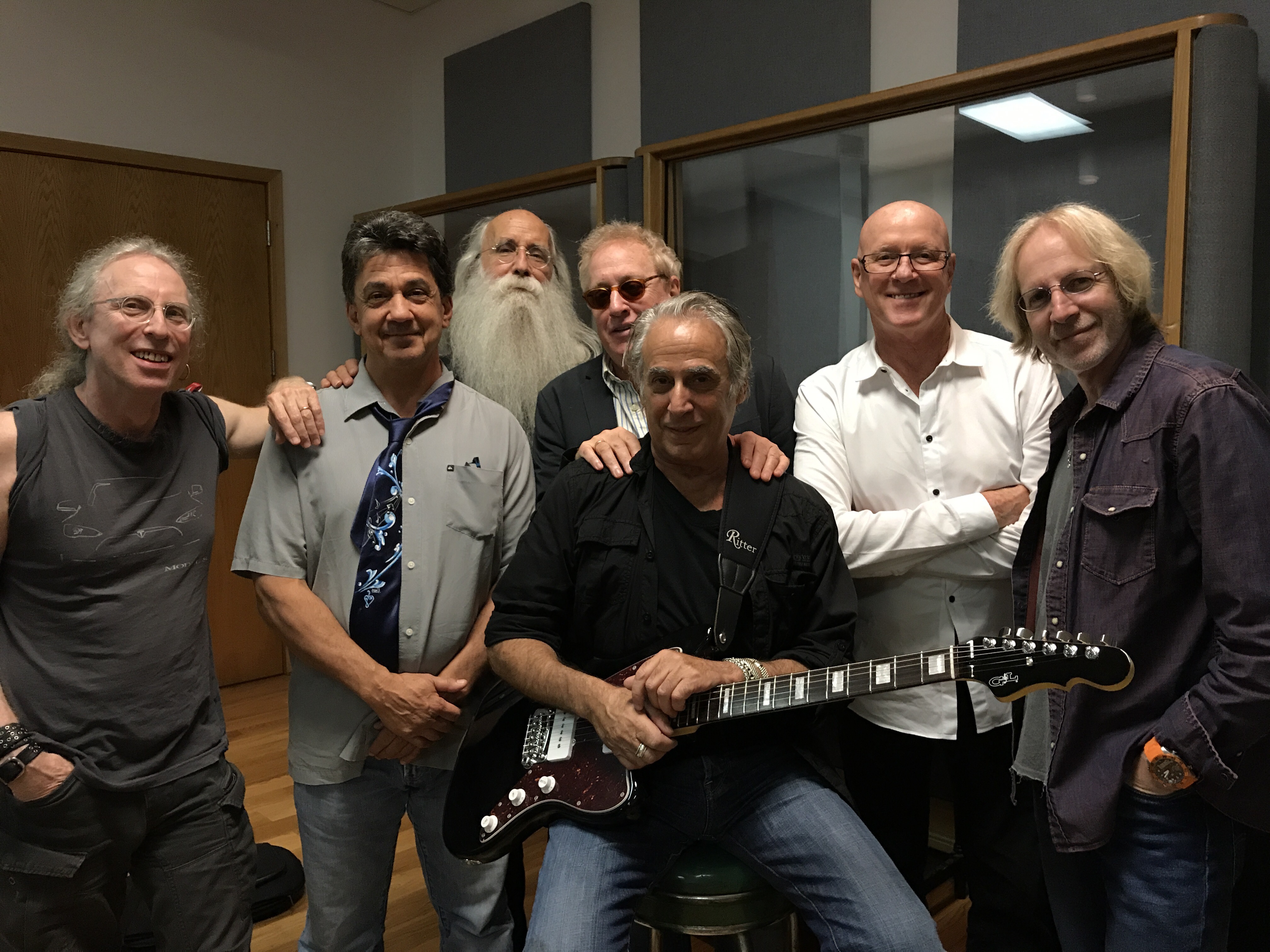
“You get a couple of seconds just to listen, and you can run out in the room and move things around depending on which tune we were cutting,” he continues. “If somebody was in a solo live, you have to make sure you have enough of a separation so that if you do go fix part of the solo, the old solo isn’t blasting through the overheads. You have those kinds of considerations. But the primary consideration is to not get in the way of the music going forward. You only get one shot at the first take.”
And most of them were first and second takes, and mostly because Kortchmar and Postell committed to pre-production at Postell’s Pro Tools studio, Katonah, ahead of time. That is where technology came in handy.
Classic Track: “Your’re No Good,” Linda Ronstadt, by Matt Hurwitz, Nov. 4, 2014
“We figured the tempos, we put down a couple of quick loops like a tambourine and shaker, just to have something to play to, and I sang all the tunes,” Kortchmar explains. “So when we had to play them, everyone was playing to a version of me singing and a simple percussion loop, which obviously made everything go way faster and I could concentrate on playing the guitar rather than having to sing the tunes for everybody. That would have been something very hard to do back in the day.”
With tracking completed, they went over to Postell’s studio, where he engineered all the overdubs, including lead vocals, background vocals, a few guitar solos and Ramon Yslas on percussion. They spent about two weeks there.
Producer Niko Bolas Reflects on Neil Young’s New LP, Storytone, Nov. 13, 2014
Jackson Browne cut a background vocal at Postell’s studio for “Can’t Do Crazy Love Again,” and Postell went to various nearby locations to record James Taylor for a background vocal on “Machine Gun Kelly,” Michael McDonald for “Sayonara,” and David Crosby for “Top of the Rock.”
Kortchmar describes the making of the album as “total fun. It was a total gas. Everyone was just really happy to be there. Everyone just played their ass off and it was a love fest.”
Bolas says that the fun continued when mixing it with Wachtel.
“Waddy was the guy who gave me homework when I was learning in the late ’70s, when I was first working in the studios,” Bolas says. “He would bring in albums and we would stay up all night and listen to them and talk about how they got sounds.”
The objective on the mix was to keep the energy of the day.
“Any creativity there was in terms of what it sounds like happens the day we cut it. Nothing changed,” Bolas says. “The minute you tried to change it, it took away from what was there, which is why when a lot of my friends ask me to mix their record, I ask if they’ve cut it yet. If they say no, I’ll tell them I have to record it because that’s when you mix the record. You mix it the day you record it. All we had to do when we mixed it was weave in the additional overdubs, the vocal comps, and the repaired vocals.
Niko Bolas warms to the Manley CORE and Reference Cardioid, Aug. 31, 2015
“Waddy is the guy who is right behind you at the console and the minute you go to make something better he’ll slap your hand. He’s like the voice of reason. And that was mixing. We did it all in the box and we were done. We’d send copies to everyone and they’d come back and say, ‘I want a little bit more of my little guitar trill going into the solo,’ and you make the changes and basically that was it. Mixing was easy.”
Want more stories like this? Subscribe to our newsletter and get it delivered right to your inbox.
The Immediate Family had so much fun making the record they had to take it live, with a preview at a Westlake Village, Calif., club called Bogies last April. Then, during the summer, they played two weeks of sold-out shows in Japan. While the record adds Jim Cox on keyboards, they keep it a guitar band live.
The album is slated to be released in the United States this fall, and already they’re working on a follow-up, this time a collaborative songwriting effort among Wachtel, Postell and Kortchmar.
“We could make an album tomorrow of brand-new material,” Kortchmar says. “I’m having a ball. I’ve been thinking about this for a while. I love the idea of all of us being in a band together, and of course this is a formidable band, right?”
